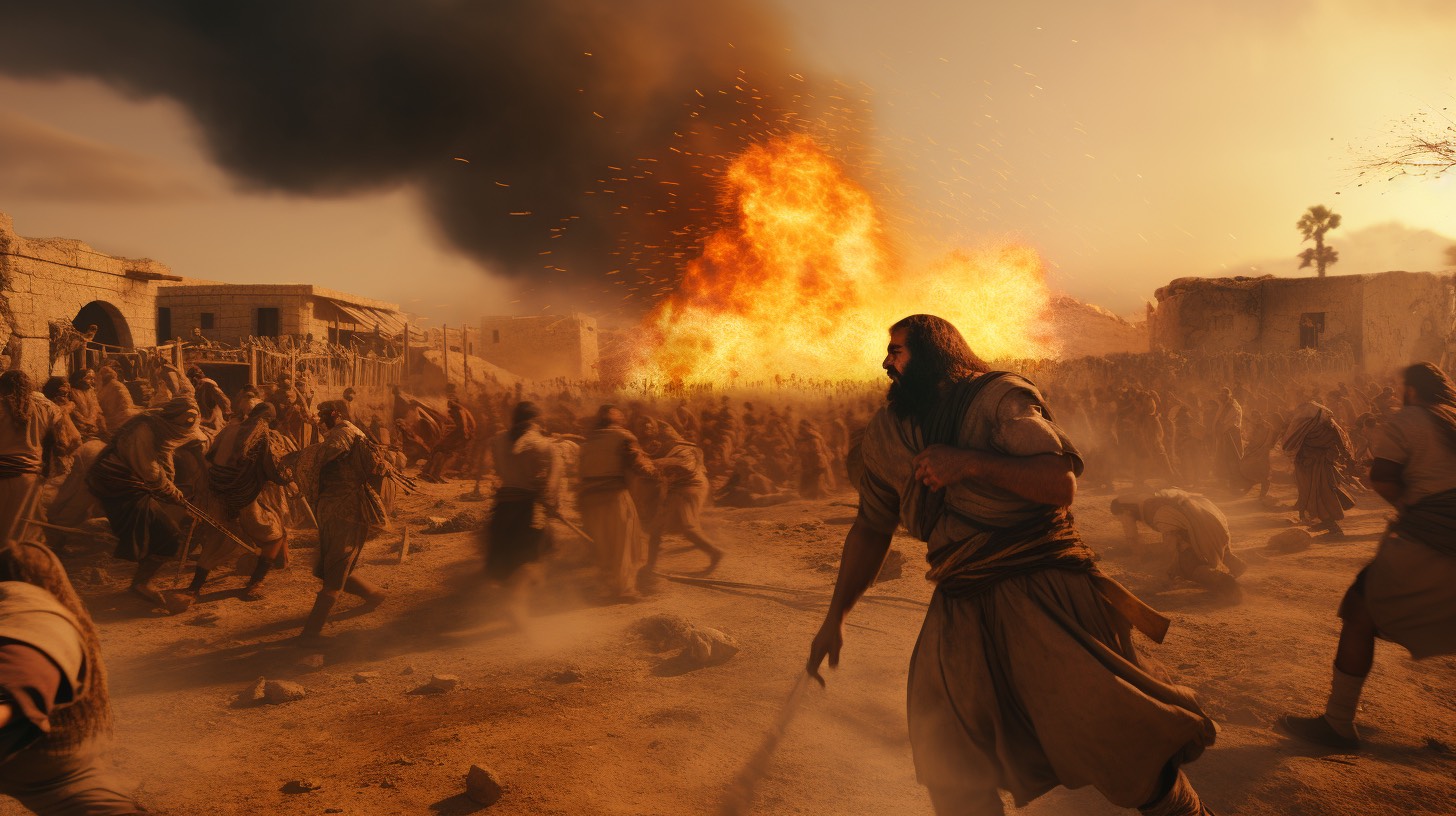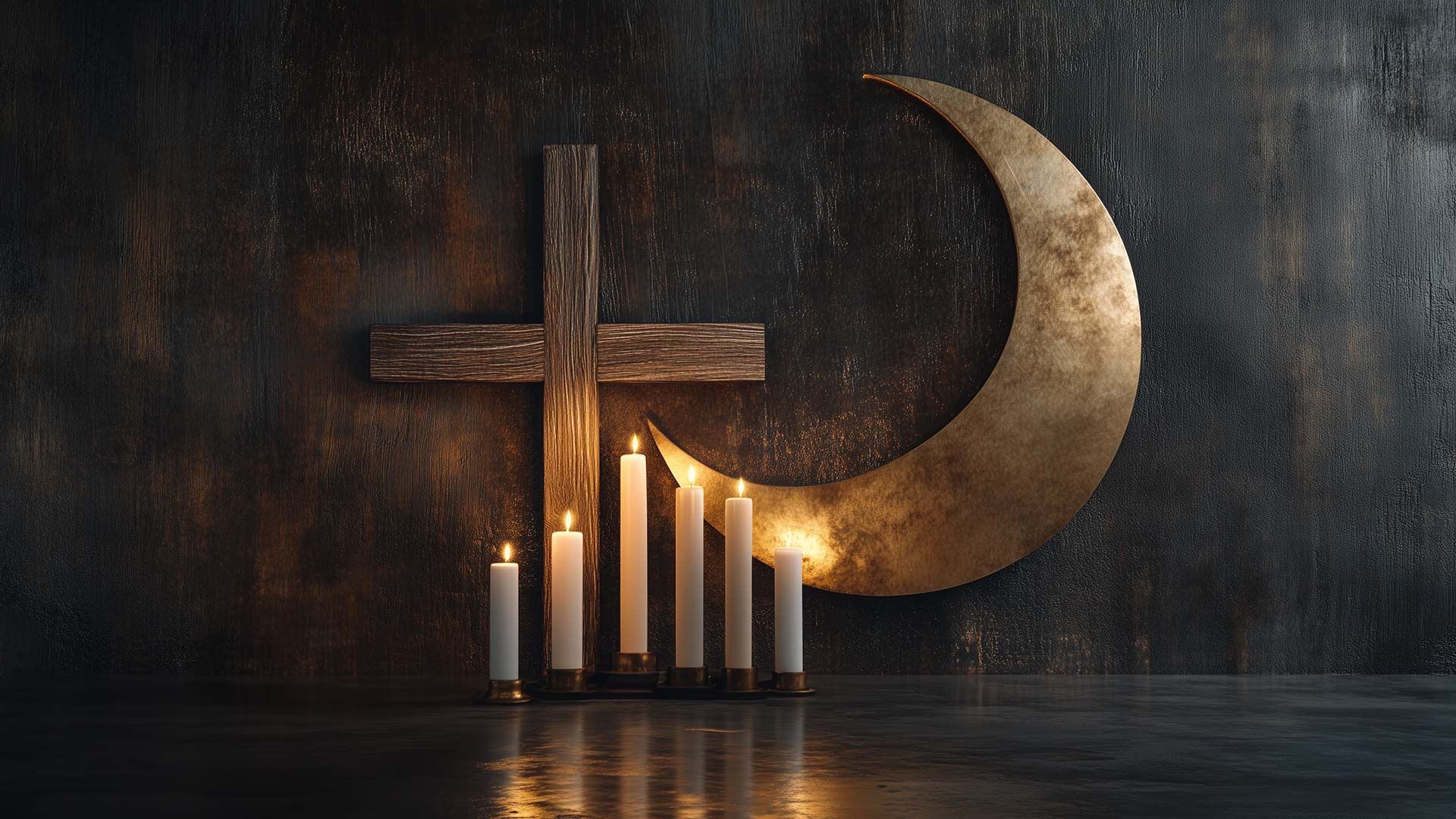In a recent video I read a report of Joshua‘s battles, of the bitter struggles that he fought to try to conquer modest portions of land. Within these battles, the so-called five principalities of the Philistines were mentioned, and the capitals of these were Gaza, Ashdod, Ascalon Gat and Ecron.
I would like to remind you that these five cities were also the places where traces of the last giants, the last Anakites, have been found: Goliath was in fact originally from Gat. If you look at a map of Israel, you will see these towns still appear to this day: they are within a few kilometres. In biblical times, they were part of this Philistine enclave against which Israel has fought for a long time.
It is interesting to notice that today this territory represents the Gaza Strip, i.e. the territory of the conflict in which Israel keeps fighting to this day. Today, 3000 years later, we find ourselves in the same situation. They are fighting over plots of land, literal plots of land, exactly as in the distant past, as Chapter 17 of the Book of Joshua reminds us, for example.
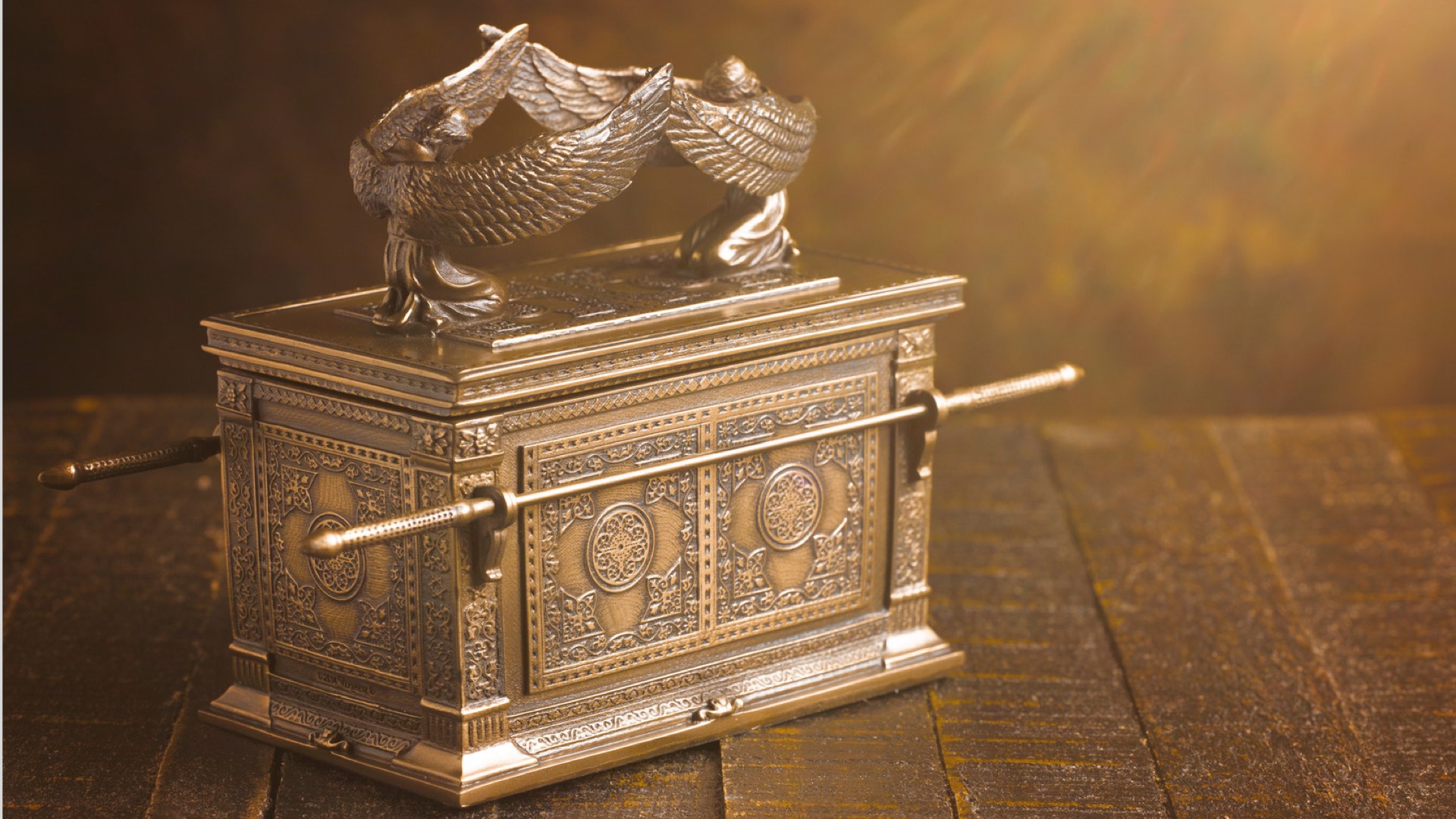
Ashdod and the enigma of the Ark of the Covenant
I would like now to briefly discuss one fairly significant fact about Ashdod, one of the five principalities mentioned above: Ashod is the settlement to which the Philistines brought the Ark of the Covenant after they managed to claim it back from the Israelites, after defeating them at the Battle of Aphek (First Book of Samuel, chapter 4:1). The victors, however, kept it there for a short time: perhaps because they did not know how to use it or for some other reason.
Shortly after, the populations of the region started experiencing diseases, prostration, skin eruptions: basically a plague that was attributed to the presence of the Ark and, for this reason, it was later moved to various cities. However, every time the same kind of problem recurred, until the Ark was finally returned to the Israelites after seven months (1 Sam 5:6). Let us not forget that in Ashdod, as well as in Gaza, there was the temple dedicated to the Elohim Dagon, one of the Elohim known and named in the Bible as Yahweh’s rivals. Dagon was probably the leading Elohim of the Philistine confederation, who was, however, less present among his people than Yahweh was among the Israelites.
Gat and the Giants: Between Mythology and Reality
As we have already mentioned, Goliath lived in Gat. But he was probably not alone: the Bible reminds us that many of the so-called giants lived in Palestine. Such creatures were endowed of six fingers on each limb. The Bible reports that at one point in history there were only three individuals left before they disappeared from the scene.
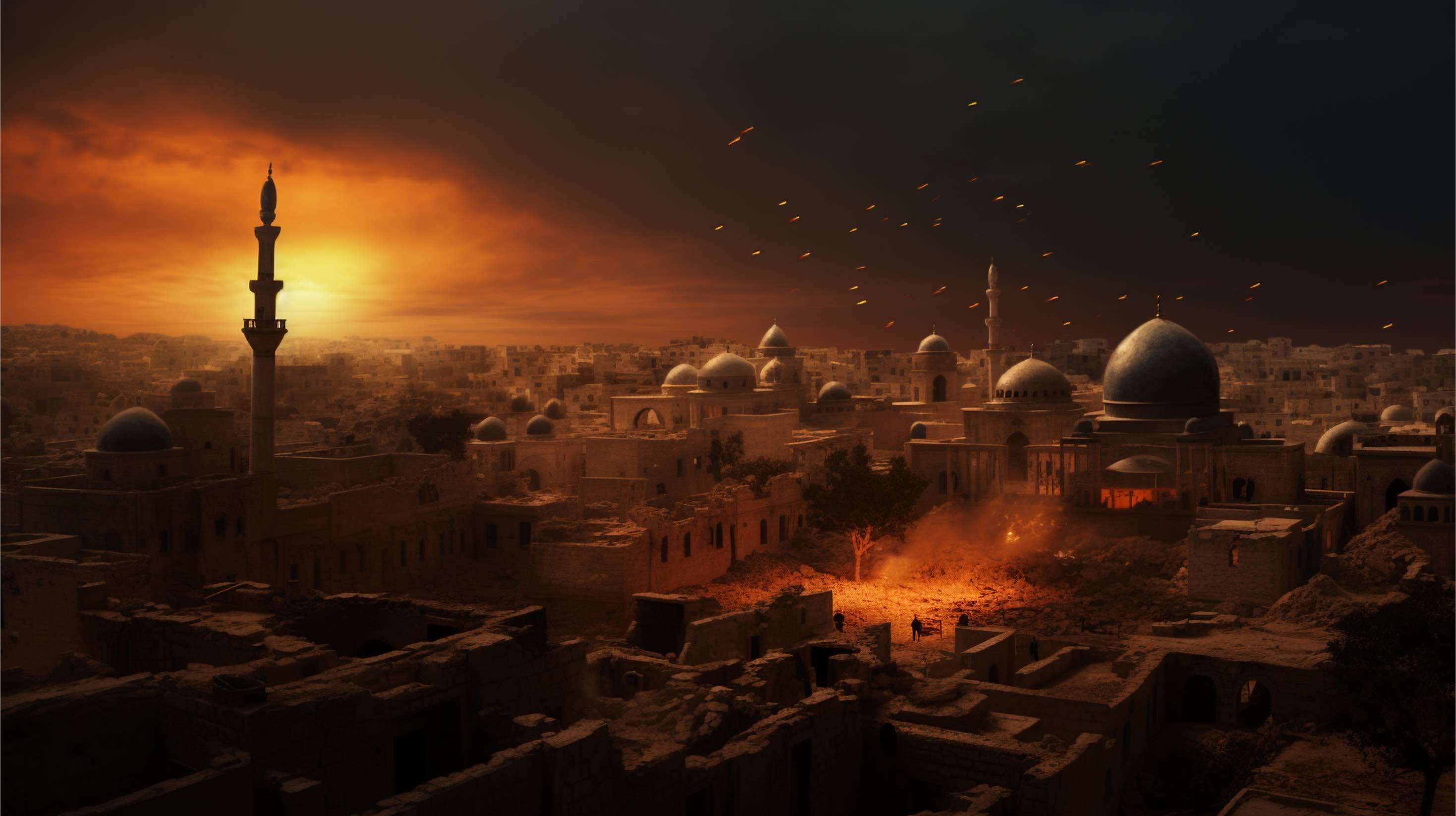
Meaning of the hebrew word ‘barah’: to intervene in the preparation of the Promised Land
Often mistranslated as ‘to create from nothing’, in reality, ‘barah’ means to intervene in an already existing situation in order to change its state. The examples are innumerable, as the verb is used more than thirty times in the Bible. One of the most striking examples is when one of the tribes of Israel is trying to obtain more land to build new housing units: in this context, the verb ‘barah’ means to clear the land to make it suitable for the tribe to settle.
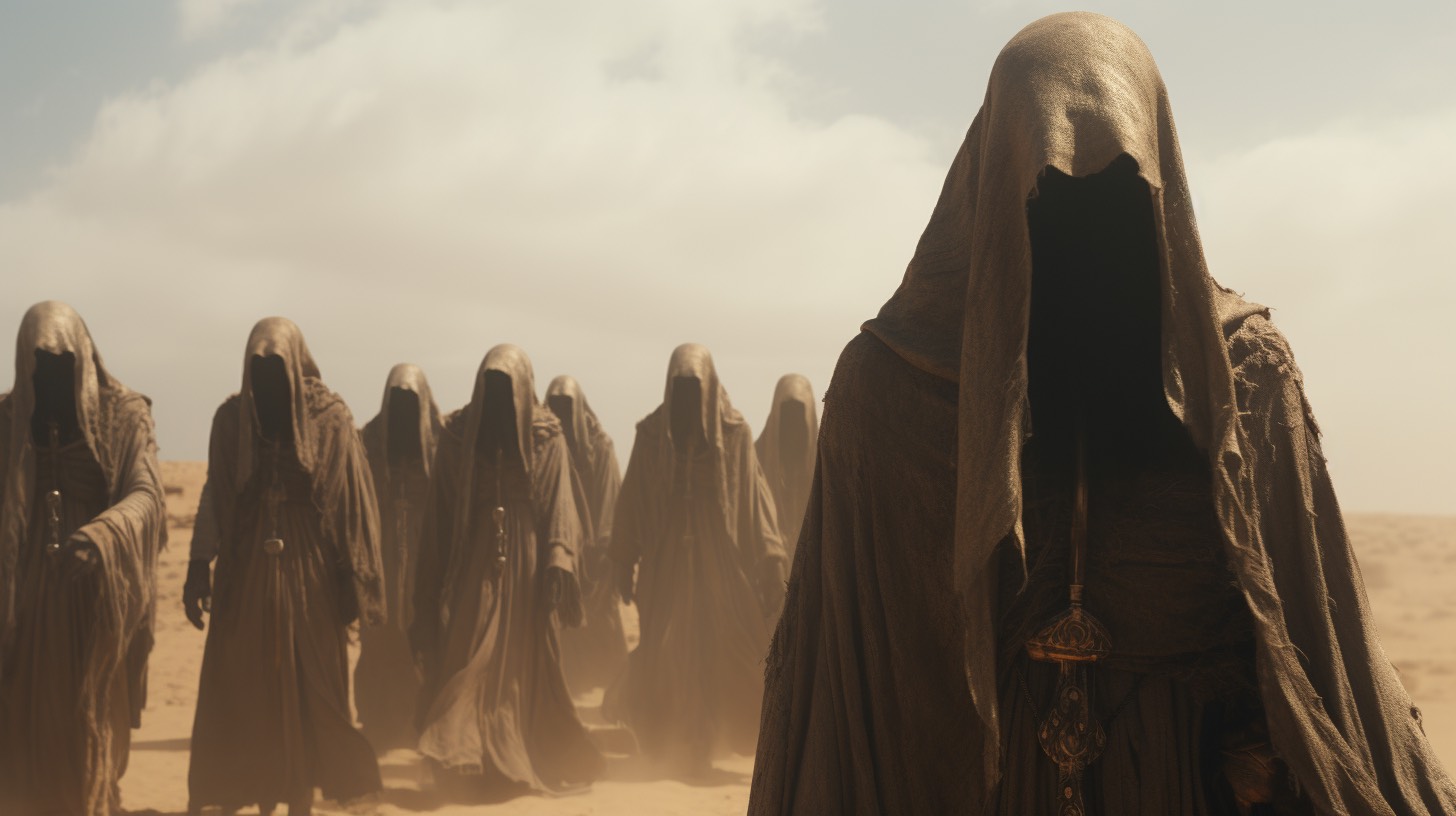
Jephthah and Mesha: human sacrifices for the Elohim
Jephthah, one of the Judges of Israel, is a key character of the bible for his role of intermediary between the Elohim of two opposed sides during negotiations. He treats the Elohims as two commanders of the opposing forces. Jephthah was representing the interest of Yahweh, and yet remarkably he recognises the Elohim of the rival side as having the same prerogatives and powers as Yahweh. This event further confirms the multiplicity of Elohim and their concrete role in human affairs. The Elohims all had similar attributes and similar demands.
The concreteness of the Bible is sometimes also supported by archaeology. For example, the historical evidence of the biblical King of the Moabites, Mesha, is confirmed by archaeological excavations that brought to light a stele, called the Mesha Stele, which tells his story: today it is preserved in the Louvre museum. The similarity between the biblical tales and the stone inscription confirms the veracity of the events.
Jephthah and Mesha, the stele tells us, faced numerous similar vicissitudes and did not hesitate to perform human sacrifices (their sons) in order to obtain the help of their respective Elohim.
The Gaza Strip: A Theatre of Ancient and Modern Battles
The Gaza Strip, a theatre of ancient battles, continues to be embroiled in modern conflicts. This continuity raises questions about the persistent nature of human struggles over territory and, it gives rise to the desire to ask, with a hint of hope, if the day will ever come when the Elohim will intervene to put an end to such conflicts.
The Gaza Strip, a theatre of ancient battles, continues to be embroiled in modern conflicts. This continuity raises questions about the persistent nature of human struggles over territory and, it gives rise to the desire to ask, with a hint of hope, if the day will ever come when the Elohim will intervene to put an end to such conflicts.


